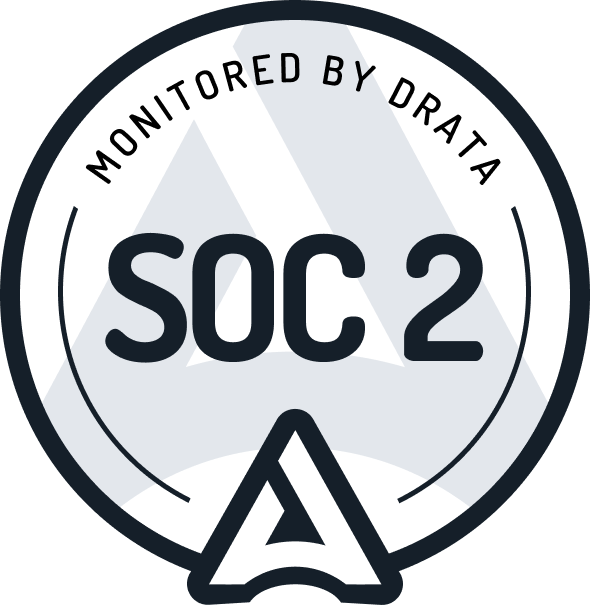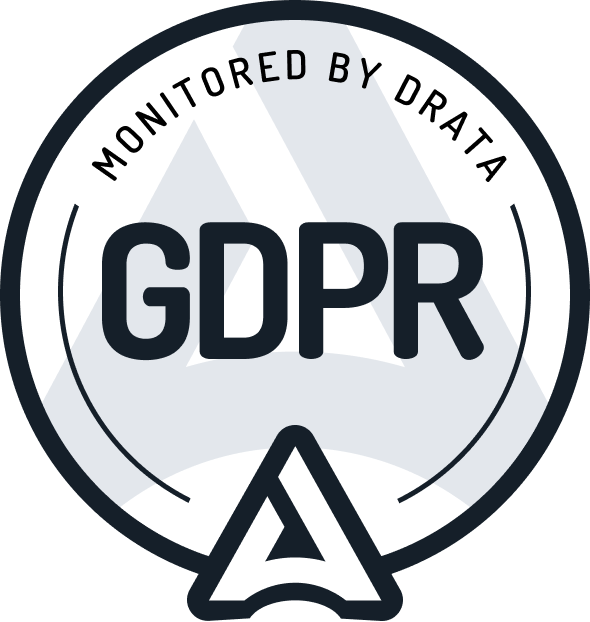
Why size matters - at least when it comes to community
Get notified when customers mention you online - with Crowdlens
The success of communities largely depends on understanding the different stages of growth that every community goes through. So, as a community manager, your focus and management techniques to engage members should shift depending on where you are in the community life cycle. We created this blog to take you through these different phases and explain how to navigate through them successfully.
Small-size Communities
Let us talk about what is actually considered to be small? Simple answer: a community with 1-10 monthly contributors.
Benefits
The first community members are early adopters and advocates. They thrive on being the first to join a community and take pride in it. So these are your founding members who serve as your community's strong core. So listen, nurture, and support them since they will be most active in the community and drive engagement.
A small community is easier to stir and shape into your envisioned direction than a large community. Nevertheless, as soon as more and more members join, it becomes more challenging to manage them. That is why it is essential to start small and strengthen your core so joining members will see, observe and adapt to the same community culture.
Challenges
One of the biggest misconceptions people have about communities is that bigger is always better. It is not. Well, at least not in the beginning: Include by excluding. Your main goal in the first stage should be to acquire a small set of highly focused members who will be most active in your community. The most challenging part for you will be getting those first few developers beyond the founders and creating steady engagement.
To grow your community, you need to create engagement. Ask questions, start discussions, ask for feedback, and keep the lines of communication open on social media and in online forums. You need to make sure your members know what they are talking about. For a small community, this role is usually upon the founding members. They are best suited to address incoming questions since they know most about the relevant topics.
In order to create engagement, content is one of the most powerful tools. In the beginning, you will have to create a steady stream of information that inspires and challenges developers. You can write "How to guides", blog posts, case studies, or documentation.
Medium-size Communities
So, a medium-sized community already has gained some traction but is still in its infancy with about 50-500 members. So, let's deep dive a bit more into what managing a medium-sized community actually means.
Benefits
You have reached a stage in which community engagement happens organically, and you are no longer the sole driver anymore. The network in-between the different members becomes stronger, and users engage with each other by posting content, asking questions and taking part in discussions. User-generated content will start to take off. So, you do not need to produce it all by yourself anymore.
A great way to increase this behaviour is to show your members appreciation. Community members generally like to contribute and also appreciate being recognized for it. Celebrating their knowledge is a huge motivator. You can do this by something simple asking for their feedback and responding to it. Another way is implementing a reward system, where members can earn points, badges or ranks.
Challenges
Your task is now to create activities that will intensify members' sense of belonging and make them feel valued. You can do this by inviting selected members to exclusive (online) events or implement rituals and traditions that are unique to your community and strengthen the bond between your members.
Improving the onboarding process for new members is another key element. You can ask existing members for their feedback and adapt the onboarding experience accordingly. This will help you in acquiring new members. To get a good overview of how many new members you have attracted so far and how well your community is doing overall, you should use the right KPIs to track your community.
Large-size Communities
Congratulations, you made it! Your community is now at a considerable size, with more than 500 contributors every month. So, what comes now?
Benefits
The new member expansion rate is increasing, and member activity is at its peak. You have established a strong sense of belonging within your community. Your role in creating content or increasing engagement has become minimal. Your members are all fired up and willing to share what they know. They will happily write case studies, tutorials, product comparisons or customer stories. When members are actively involved, that is what turns a community into a community.
Challenges
A larger community is more difficult to manage than a small one, especially when dealing with passionate members, who tend to get emotionally carried away in discussions. A requirement for a thriving community is a safe and inclusive atmosphere. Your job as a community manager is to act as a social guide, watch your member's interactions and interfere (only if necessary) so you can ensure a welcoming environment.
Be aware of the community-life cycle. After every high, there is a downfall. At a certain point, your member activity is at its peak and the member expansion rate decreases. As a result, the community outgrows the shared identity and passion, and the sense of belonging gets diluted.
One way to encourage your community is through planning events. You can invite experts speakers, do live coding tutorials, or let a group of hand-picked community members organize events themselves. However, before allowing members to host events, you should implement a selection process, which means preparing a list of all the interested speakers and interviewing them to see if they are suited for this. Ideally, you should have at least one community-led event (online or offline) per month.
Get insights to your inbox.
Once per month. No spam.


.png)





